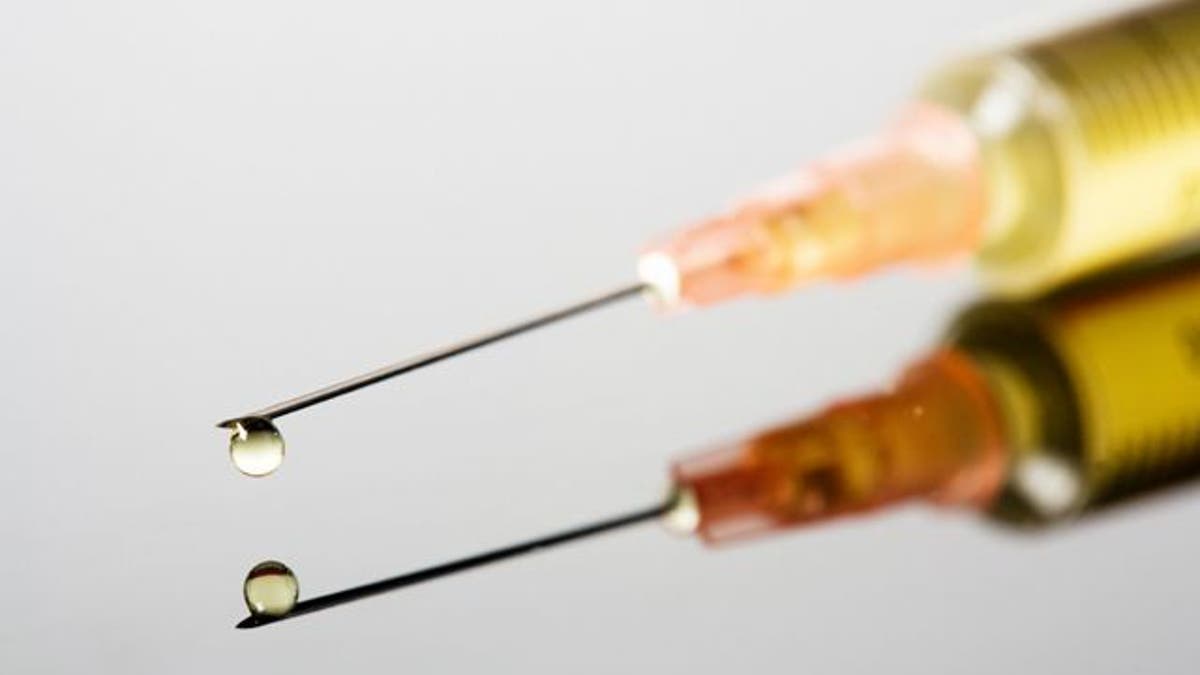
Amid the constant controversy and headlines, truths about testosterone – and more specifically testosterone therapy – are hard to decipher. Drugs in the form of gels, injections, and patches have promised to raise testosterone levels and help men reclaim their youth and increase their libido. Low-T treatments are marketed to middle aged men as “cure all” treatments aimed at boosting sex drive, reducing fatigue, improving mood and facilitating weight loss.
The attractiveness of these promises has created the current $2 billion industry in “Low-T” therapy. Moreover, over the past few years prescriptions for testosterone treatments have skyrocketed and doctors have been opening up specialty practices all over the country. The question is, is this therapy warranted? And more importantly, is it safe?
In men, testosterone is thought to regulate some of the following functions:
• Sex drive
• Bone mass
• Fat distribution
• Muscle and strength
• Red blood cell production
• Sperm production
As men age, testosterone levels naturally decrease. This decrease is at about one percent every year beginning at the age of 35. By the age of 50, many men will experience the following:
1. Low libido
2. Weight gain
3. Fatigue
4. Memory loss
All symptoms targeted by pharmaceutical companies are to be combated through the use of low testosterone therapies.
Growing concern about the side effects of these therapies, following findings of several notable studies, has prompted many doctors and the government to take a step back and reevaluate the safety of such treatment. It is warranted that the FDA is investigating the risk of cardiovascular injury, stroke and death in men exposed to FDA-approved testosterone products following medical study findings.
Stricter regulations and warnings by government agencies such as the FDA could prove extremely beneficial for men seeking this type of therapy. Often, testosterone is prescribed to men without proper blood testing, with no regulation or review of side effects or risks. This push towards regulation forces both patients and physicians to question whether the benefits of Low-T products outweigh potential risks of treatment. Currently, the only medically indicated reason for testosterone replacement is hypogonadism - a condition that occurs when a man’s sex glands (testes) produce little or no hormones.
Sadly, there is a lot of contradictory information about testosterone out there and many men are seeking an “optimal” level due to poignant marketing schemes and advertisements. In truth, optimal levels are hard to decipher as the values and symptoms of testosterone vary so much in each man. A normal testosterone level is anywhere between 300-1000 ng/dl, and can vary in terms the “right” level from man to man, and from lab to lab. Prior to starting any testosterone therapy, you should make an appointment with your doctor to:
1. Test your PSA (Prostate-specific antigen) to ensure you are within normal levels
2. Check your prostate size
3. Check your testosterone levels
Patients and physicians alike need to be aware that once you start therapy, you suppress your own production of testosterone and injections become a lifetime commitment. A treatment program should be frequently monitored through lab tests, paying attention to potential side effects such as:
• Acne
• Enlarged breasts
• Prostate problems
• Testicle shrinkage
• Limited sperm production
